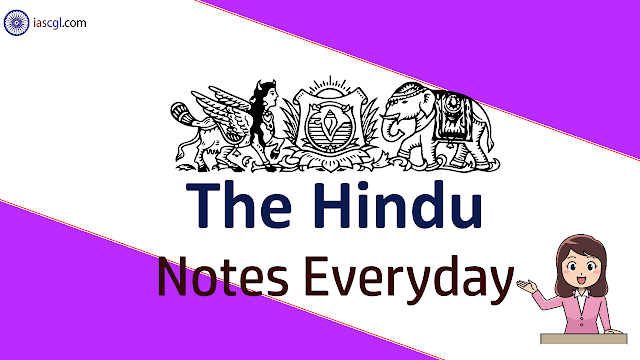Read The Hindu Notes of 2nd February 2019 for UPSC Civil Service Examination, State Civil Service Examination and other competitive Examination

- Distributing the rewards of reform
- The return of targeted cash transfers
- Back to crisis
- Shopping for votes
- Life after citizenship
Distributing the rewards of reform
The expansive Budget reflects the fruits of fiscal consolidation, tax reform and streamlined delivery of subsidies
Rewards of higher growth
Rewards of lower inflation
Government borrowing
Improving efficiencies
The return of targeted cash transfers
Schemes promising cash to the poor absolve the state of its responsibility to provide basic services like health
Who will benefit?
Not leakage proof
Jobs, best antidote
Back to crisis
The handling of the fresh unrest in Zimbabwe by Mugabe’s successor belies hope of change
Shopping for votes
The interim budget casts away established conventions and targets votes with sops
Life after citizenship
It’s been more than three years since the exchange of enclaves between India and Bangladesh took place in July 2015. But in Cooch Behar’s erstwhile Bangladeshi enclaves and the newly established settlement camps, life hasn’t become any easier for the 15,000 newly minted citizens of India, reports Shiv Sahay Singh

The exchange
The need for fake parents
From camps to flats
‘No official visits us’
The Republic Day celebrations at the Dinhata settlement camp are a low-key affair. Osman Gani, 37, one of the few Muslims who chose to come to India, says that since no politician or official ever visits the camp, they decided to unfurl the national flag by themselves. The camp, located in Dinhata town, is greener than the other camps as residents have planted papaya trees and different kinds of vines and creepers.

0Comments